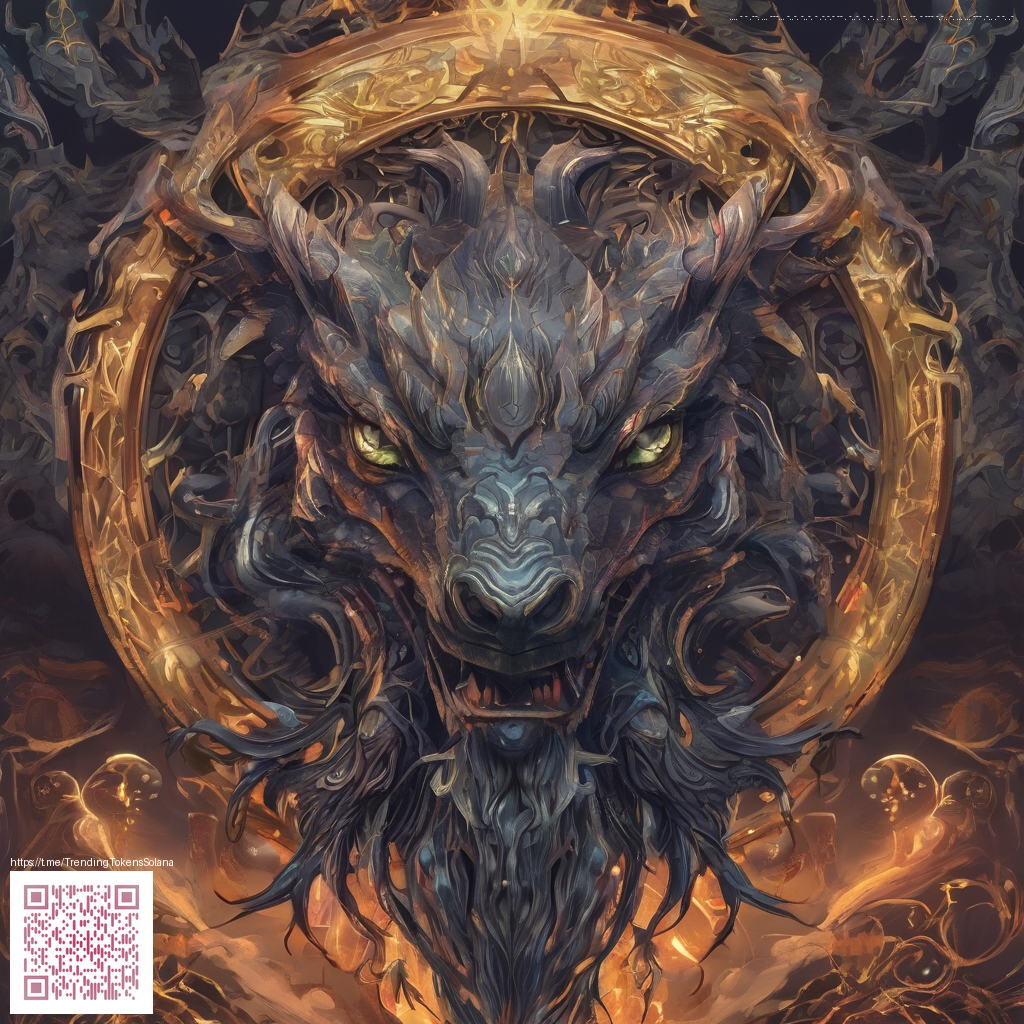
The Secret to Tense Horror: Atmosphere Over Gore
Horror thrives on what audiences feel in the moment, not just what they see on the page. The most unnerving scenes aren’t the ones packed with explicit gore; they’re the moments when the room itself seems to tighten, when a single sound or a shift in light suggests that something unseen is creeping closer. That is the power of atmosphere: it invites us to experience fear as a slow, creeping presence rather than a splashy reveal.
In modern storytelling, readers have become adept at recognizing sensational shocks. Gore can deliver a jolt, but it often wears off quickly and can become emotionally exhausting. Atmosphere, by contrast, lingers. It makes the reader lean forward, listen more closely, and fill in the blanks with their own imagination. The suspense isn’t about what’s shown; it’s about what remains just out of sight, and that margin is where true dread lives.
What makes atmosphere work
- Environment as character: The room, the weather, the city at night—these elements react to the protagonist, constraining choices and shaping outcomes.
- Sound design and silence: A ticking clock, distant footsteps, or the absence of sound all communicate intent and consequence.
- Lighting and color cues: Shadows, flickering bulbs, and color palettes guide mood and signal shifting danger.
- Spatial psychology: Proximity, isolation, and confined spaces heighten vulnerability and compress time.
“Atmosphere is the fear you feel before anything happens—the rumor of danger that makes every moment tense.”
Techniques for weaving mood without relying on gore
Crafting tension through atmosphere is about guiding perception rather than force-feeding fear. Writers can lean on suggestion, inference, and meticulous pacing to keep readers on edge without resorting to explicit imagery.
- Show, don’t tell: Let readers witness clues—the creaking floorboard, a rain-soaked window, the way dust curls in a beam of light—and let them infer what lurks beyond the frame.
- Let the setting reveal itself: Reveal the world gradually. Small, precise details accumulate into a sense of foreboding that feels earned.
- Control information flow: Withhold crucial details to sustain curiosity. The terror grows as unanswered questions accumulate.
- Engage the senses: Texture, temperature, scent, and sound work together to create a tactile, immersive mood that readers can feel from their seat.
For readers who want a practical companion while diving into mood-driven storytelling, a slim, protective device case can keep your focus on the page rather than on hardware concerns. A sleek option like the Slim Lexan phone case for iPhone 16 (Glossy, Ultra-Slim) fits neatly in a pocket and minimizes bulk during late-night sessions.
Beyond writing practices, the exploration of atmosphere translates well across media. If you’re curious about how mood and composition evolve in visual storytelling, you might explore related ideas on a gallery page such as this collection. It offers a different lens on setting, texture, and the unspoken elements that shape fear.
In practice, the most memorable horror avoids whiplash gore and instead lingers in suggestion. The reader’s imagination fills in the gaps, and that engagement—where fear becomes personal and intimate—remains the core of a lasting, tense experience. Atmosphere gives you time: time to notice, time to wonder, time to dread what might be just around the corner.